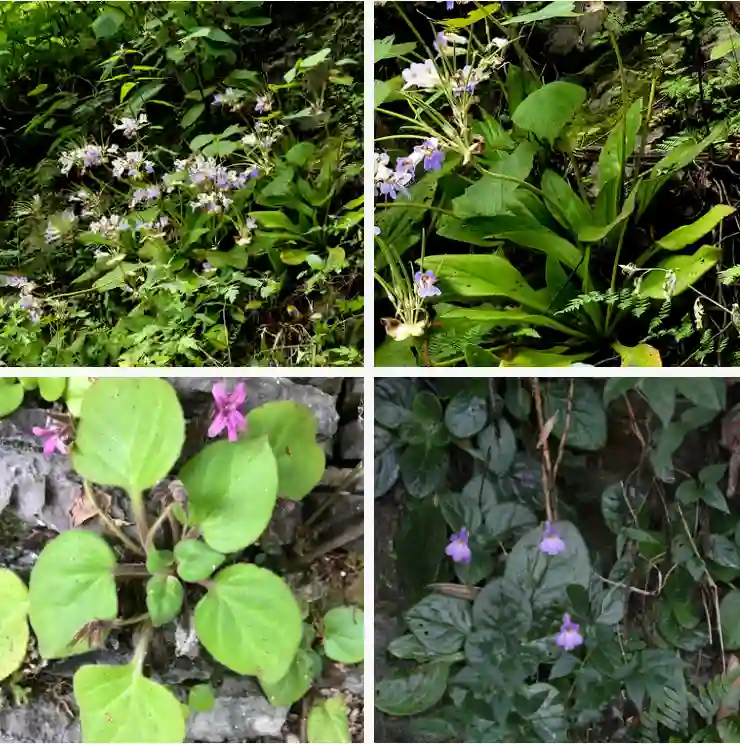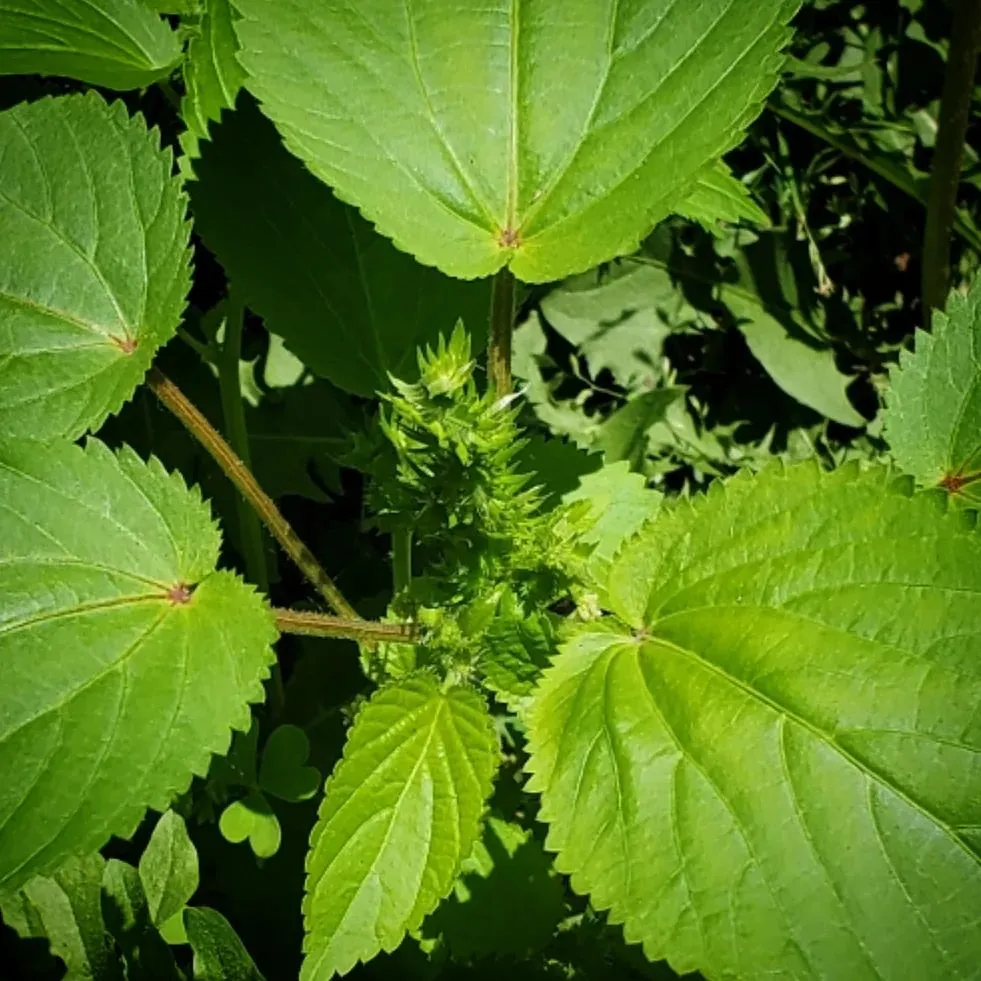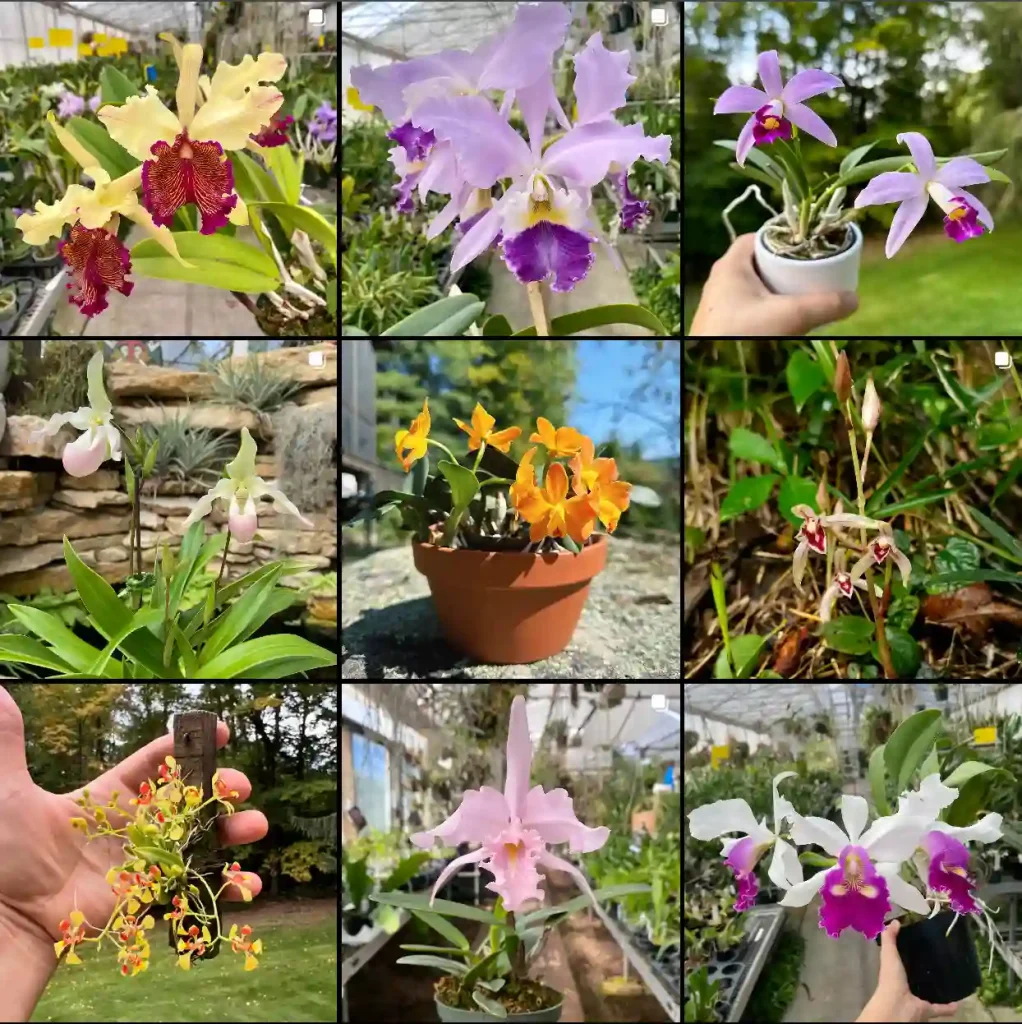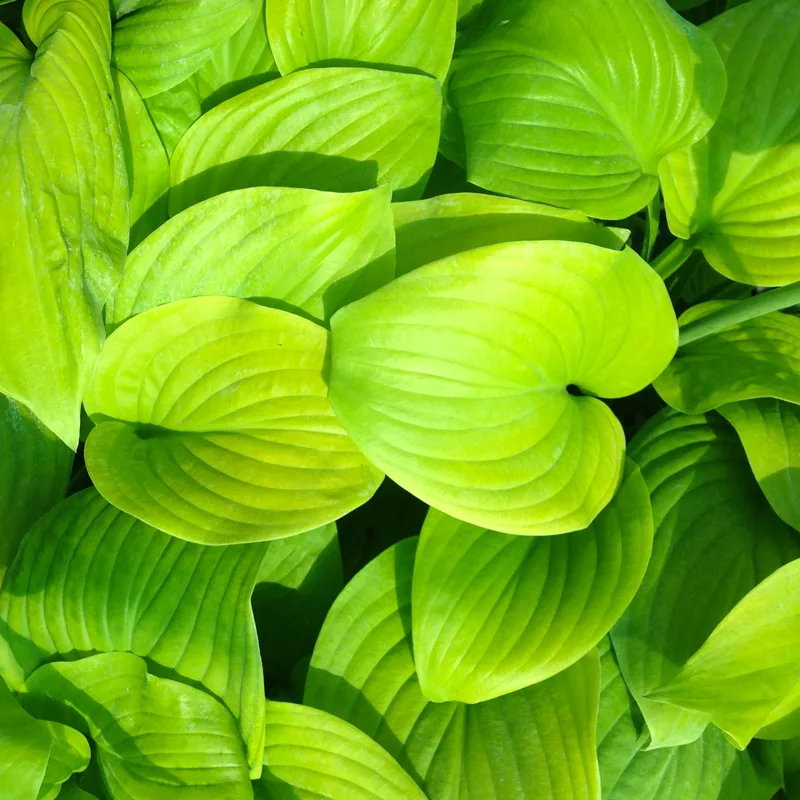
May 11 – Areca
"Areca, the golden palm, represents May 11."
Areca symbolizes optimism and growth. You have a sunny disposition and a natural ability to uplift others. Like this palm, you bring a tropical warmth and energy to every setting.
My Fascination with the Areca Palm
As Ferb Vu, I’ve always been drawn to the elegant simplicity and tropical allure of the Areca Palm. This diverse genus, belonging to the Arecaceae family, boasts over 40 species, each with its own unique characteristics. These palms, native to the humid tropical forests of Southeast Asia, have captivated me with their graceful fronds and vibrant green hues.
A Closer Look at the Areca Genus
The name “Areca” originates from a local term used on the Malabar Coast of India, where these palms thrive in abundance. They are characterized by their slender, cane-like stems, often clustered together, and their pinnate leaves that create a lush, feathery canopy.
- Areca abdulrahmanii J.Dransf.
- Areca ahmadii J.Dransf.
- Areca andersonii J.Dransf.
- Areca arundinacea Becc.
- Areca bakeri Heatubun
- Areca brachypoda J.Dransf.
- Areca caliso Becc.
- Areca camarinensis Becc.
- Areca catechu L. Plant FAQs: Areca Catechu – Betel Nut Palm
- Areca chaiana J.Dransf.
- Areca churchii Heatubun
- Areca concinna Thwaites
- Areca costulata Becc.
- Areca dayung J.Dransf.
- Areca dransfieldii Heatubun
- Areca furcata Becc.
- Areca gurita Heatubun
- Areca hutchinsoniana Becc.
- Areca insignis (Becc.) J.Dransf.
- Areca ipot Becc.
- Areca jokowi Heatubun
- Areca jugahpunya J.Dransf.
- Areca kinabaluensis Furtado
- Areca klingkangensis J.Dransf.
- Areca laosensis Becc.
- Areca macrocalyx Zipp. ex Blume
- Areca mandacanii Heatubun
- Areca minuta Scheff.
- Areca mogeana Heatubun
- Areca montana Ridl.
- Areca novohibernica (Lauterb.) Becc.
- Areca oxycarpa Miq.
- Areca parens Becc.
- Areca rheophytica J.Dransf.
- Areca ridleyana Becc. ex Furtado
- Areca riparia Heatubun
- Areca songthanhensis A.J.Hend., N.K.Ban & B.V.Thanh
- Areca subacaulis (Becc.) J.Dransf.
- Areca triandra Roxb. ex Buch.-Ham.
- Areca triginticollina Heatubun
- Areca tunku J.Dransf. & C.K.Lim
- Areca unipa Heatubun
- Areca vestiaria Giseke
- Areca vidaliana Becc.
- Areca whitfordii Becc.
Why I Admire Areca Palms
My admiration for Areca palms stems from several factors. First and foremost, their visual appeal is undeniable. The graceful arch of their fronds and the vibrant green of their foliage evoke a sense of tranquility and tropical paradise. They bring a touch of the exotic to any setting, whether indoors or outdoors.
Beyond their aesthetics, I’m also intrigued by the cultural significance of Areca palms. In many Southeast Asian cultures, these palms play an integral role in traditions and daily life. The Areca catechu, for instance, is not only a source of the mildly stimulating betel nut but also holds symbolic value in religious ceremonies and social customs.
Furthermore, I appreciate the resilience and adaptability of Areca palms. They can thrive in a variety of conditions, from humid rainforests to drier climates, making them a versatile choice for landscaping and indoor cultivation. Their ability to tolerate shade also makes them suitable for growing in various locations.
My Experiences with Areca Palms
Over the years, I’ve had the pleasure of cultivating several Areca palm species in my own garden. The experience has been both rewarding and enlightening. I’ve learned firsthand about their growth habits, their preferences for sunlight and water, and their susceptibility to pests and diseases.
One particular memory that stands out is the time I successfully propagated an Areca triandra from seed. Witnessing the germination process and the gradual development of the seedling into a young palm filled me with a sense of accomplishment and a deeper appreciation for the life cycle of these plants.
The Future of Areca Palms
As the world becomes increasingly urbanized, I believe that Areca palms will continue to play an important role in bringing nature into our homes and cities. Their adaptability and aesthetic appeal make them ideal candidates for urban landscaping and indoor gardening.
Moreover, the cultural significance of Areca palms, particularly in Southeast Asia, ensures their continued relevance in traditions and customs. As we strive to preserve our cultural heritage, these palms serve as a living reminder of our connection to nature and our ancestors.
In conclusion, my fascination with Areca palms is a testament to their beauty, resilience, and cultural significance. They are a symbol of the tropics, a source of cultural pride, and a reminder of the interconnectedness of nature and human society. As I continue to explore the world of palms, I’m certain that the Areca genus will always hold a special place in my heart.
If i die, water my plants!



